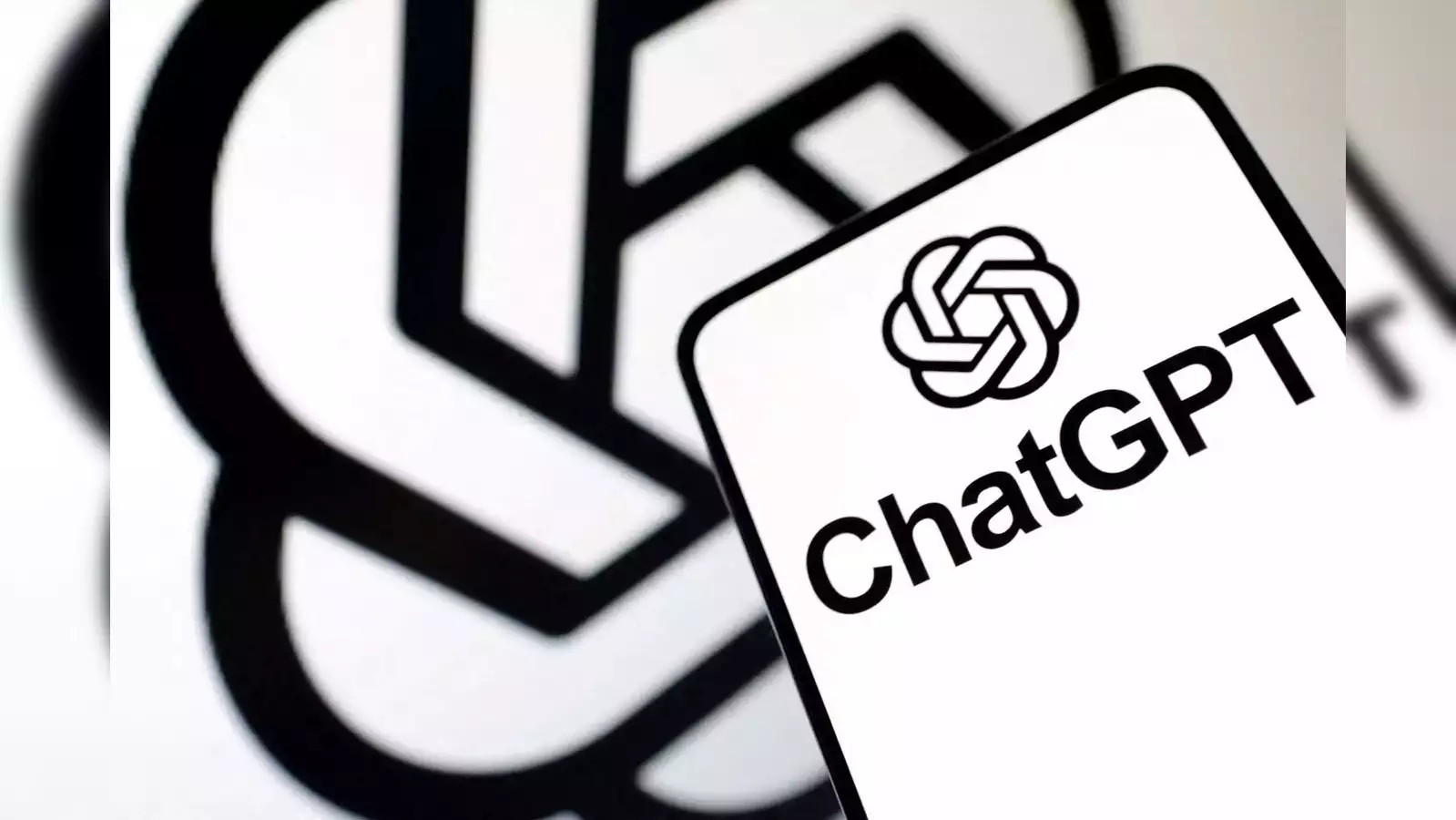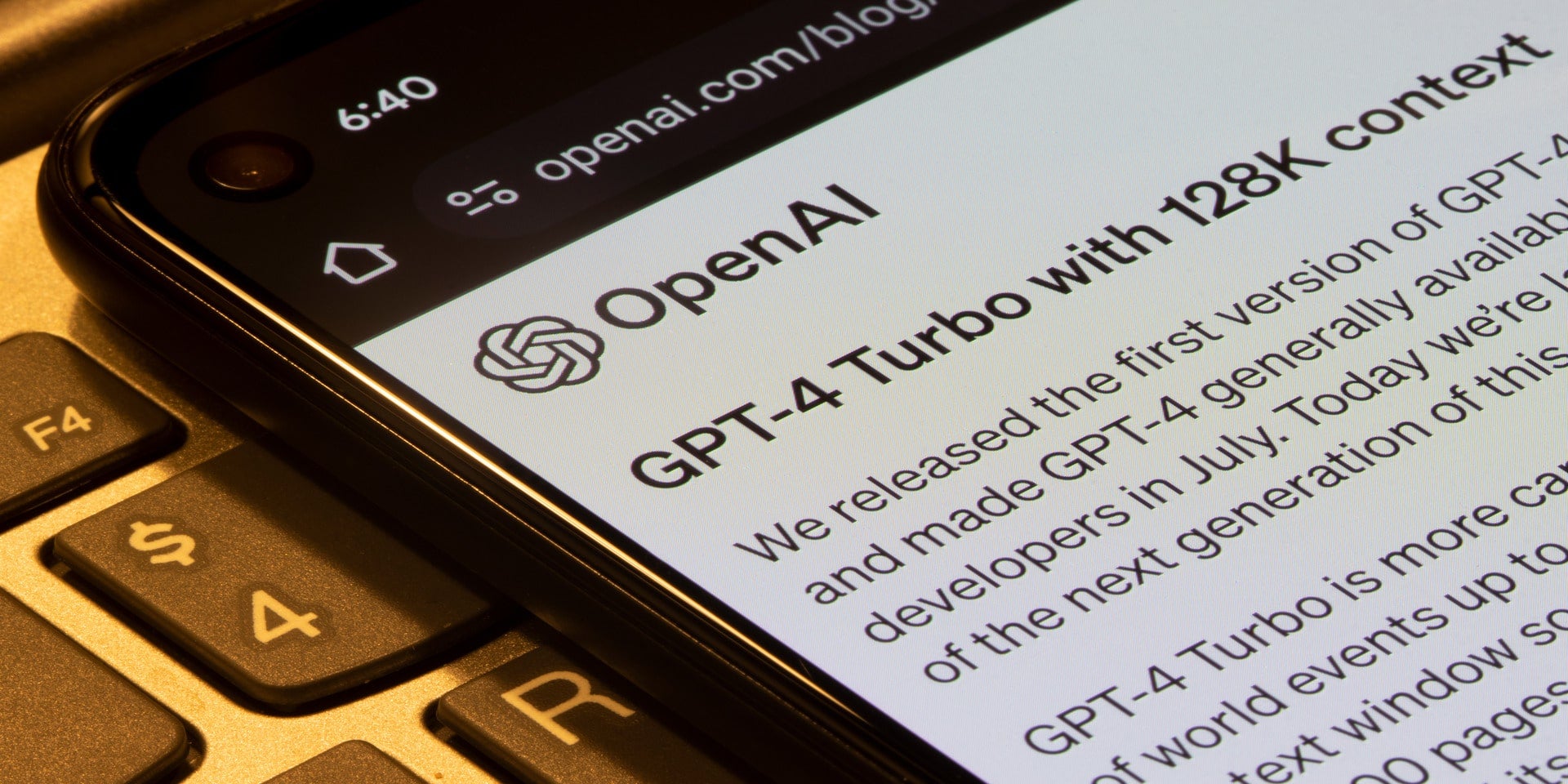Highlights
- GPT-4 Turbo with Vision combines text and visual inputs for advanced AI interactions.
- Cost-effective AI with reduced pricing for input and output tokens.
- Enhanced 128k context window supports extensive text processing.
- Streamlined development with support for JSON mode and function calling.
OpenAI has taken a major leap forward in the world of artificial intelligence with the launch of GPT-4 Turbo with Vision, now accessible through their API.
This upgraded model brings a host of powerful capabilities, including the ability to process both text and visual inputs seamlessly.
GPT- 4 Turbo: A Deep Dive

At its core, GPT-4 Turbo with Vision is a cutting-edge multimodal model that can understand and generate accurate outputs based on a combination of written text and image data.
Backed by an extensive knowledge base spanning a wide range of topics, this AI tool leverages advanced reasoning skills to deliver truly insightful responses.
One of the standout features of this new release is its support for JSON mode and function calling for Vision requests.
This added functionality allows for more streamlined and efficient interactions with the model, opening up new possibilities for developers and researchers alike.
But GPT-4 Turbo with Vision isn’t just about added features – it’s also a significant performance upgrade over previous iterations.
Thanks to optimisations made by OpenAI, input tokens are now priced at a third of the cost, while output tokens are available at half the price of the earlier GPT-4 model.
This makes the new version not only more capable but also more cost-effective for users.
And the enhancements don’t stop there. GPT-4 Turbo with Vision boasts an impressive 128k context window, allowing it to process an enormous amount of text – over 300 pages – in a single prompt.
This means users can provide richer, more detailed inputs, enabling the model to generate more nuanced and contextually relevant outputs.
OpenAI Warns About Limitations

While GPT-4 Turbo with Vision is undoubtedly a groundbreaking achievement, OpenAI has been transparent about its limitations.
The model may struggle with processing certain types of images, such as those that are upside-down or have fish-eye effects.
Additionally, it is not recommended for interpreting medical images like CT scans or X-ray reports.
OpenAI has also acknowledged that GPT-4 Turbo with Vision may not perform optimally with non-Latin languages, such as Korean or Japanese.
And for security reasons, the model has been specifically blocked from solving CAPTCHAs.
Despite these caveats, the potential applications of GPT-4 Turbo with Vision are vast.
From powering advanced visual analysis tools to enhancing chatbots and virtual assistants, this technology could revolutionise the way we interact with and leverage artificial intelligence.
FAQs
What is GPT-4 Turbo with Vision and how does it work?
GPT-4 Turbo with Vision is a state-of-the-art multimodal AI model developed by OpenAI that processes both textual and visual information to generate accurate responses.
It builds on the capabilities of GPT-4 by adding vision-based understanding, allowing it to interpret images alongside text, thereby facilitating a more holistic form of interaction with users and developers.
How is GPT-4 Turbo with Vision more cost-effective than its predecessors?
The new GPT-4 Turbo with Vision model introduces a significant cost reduction, charging only a third of the cost for input tokens and half the cost for output tokens compared to the previous GPT-4 model.
This makes it not only more advanced in terms of capabilities but also more accessible and affordable for a broader range of applications.
What new features does GPT-4 Turbo with Vision offer?
Beyond its multimodal capabilities, GPT-4 Turbo with Vision supports JSON mode and the ability to call functions within Vision requests.
This enhancement streamlines interactions with the AI, making it easier for developers to integrate and utilize its capabilities in their applications, thereby expanding the potential use cases for this advanced AI tool.
What are the limitations of GPT-4 Turbo with Vision?
Despite its advancements, GPT-4 Turbo with Vision has its limitations. It may face challenges in processing images with certain characteristics, such as being upside-down or having fish-eye effects, and is not suitable for interpreting medical images.
Moreover, the model has some constraints in handling non-Latin languages effectively and cannot solve CAPTCHAs for security reasons.
Also Read: ChatGPT 4 Can Now Identify and Describe Faces, Raising Concerns About AI’s Power
Also Read: Apple Developing ReALM AI System Claimed to be Better Than ChatGPT 4
